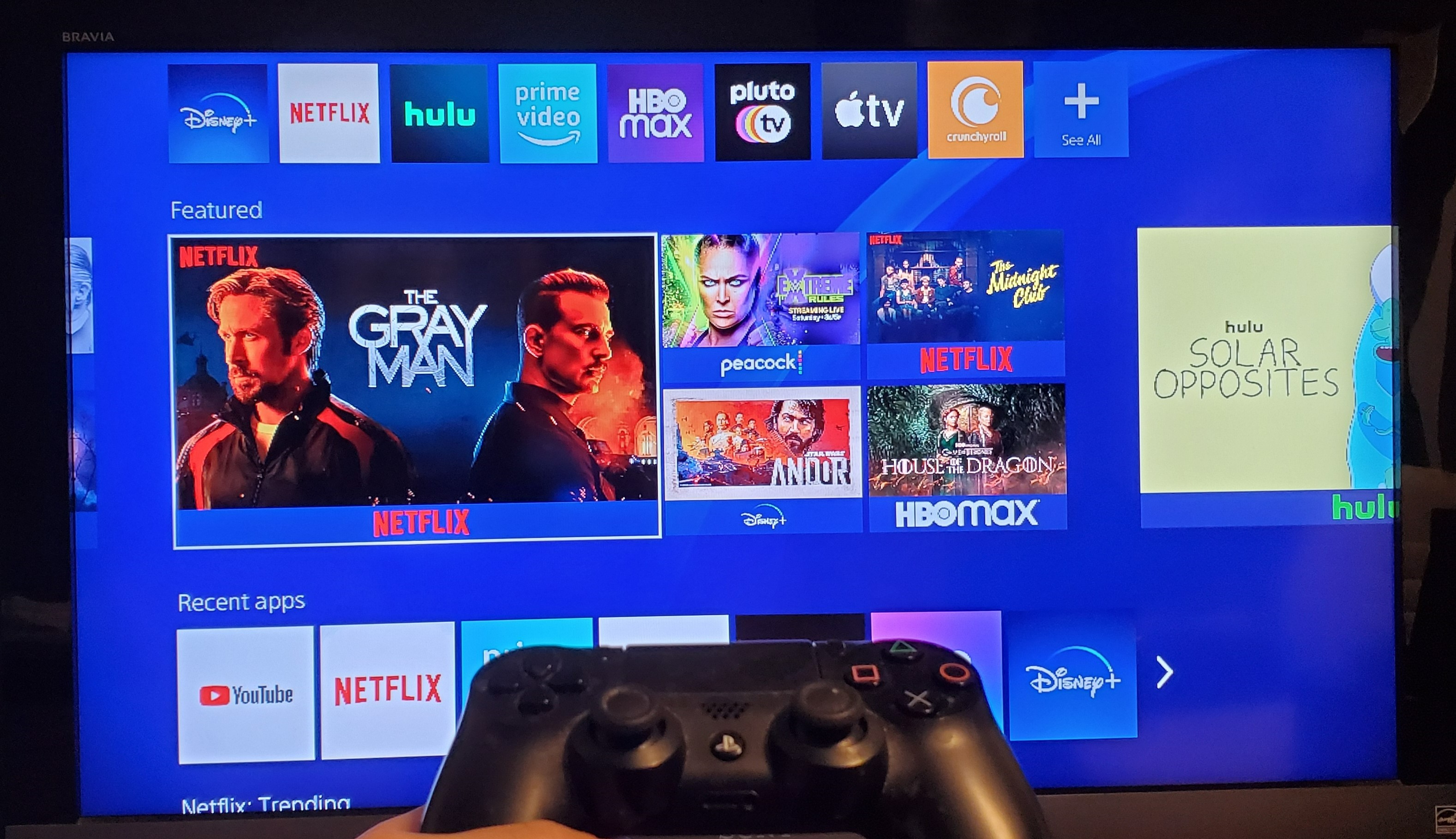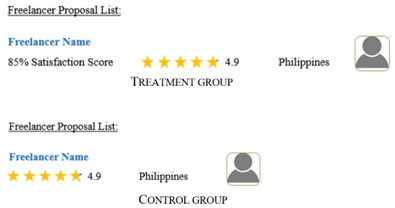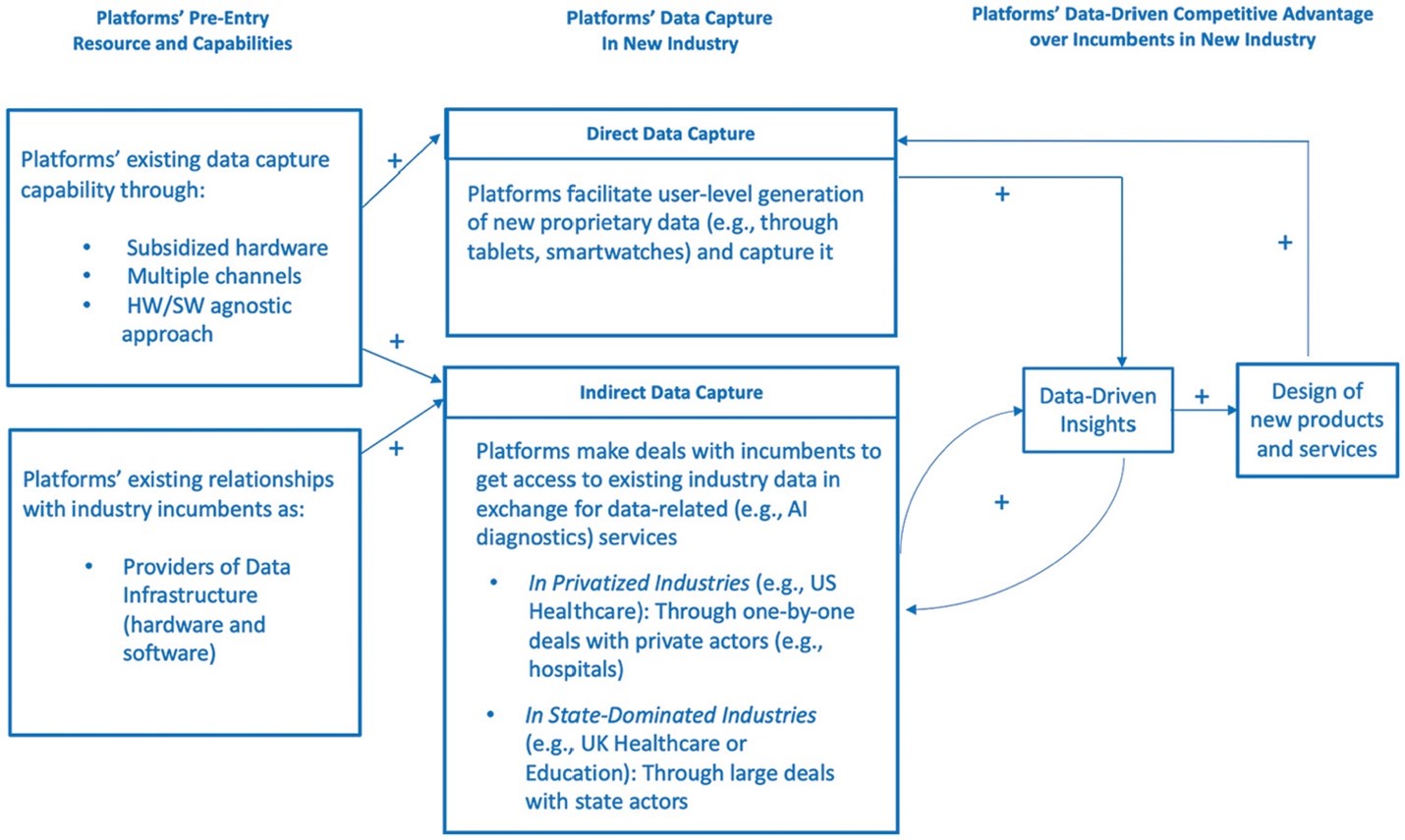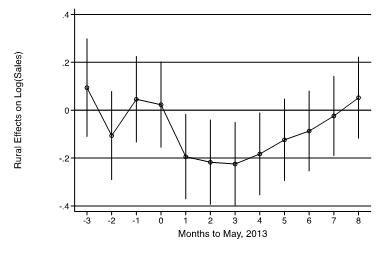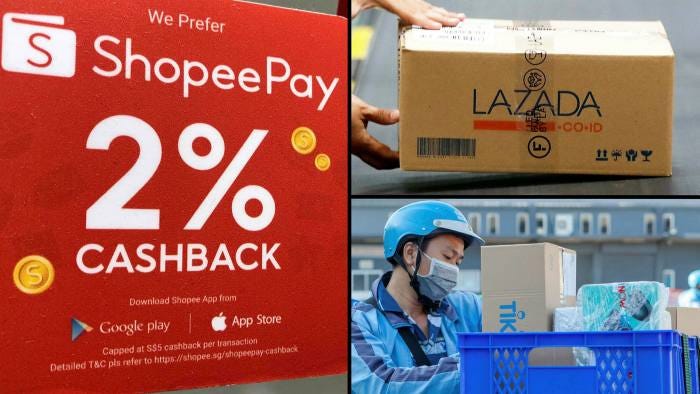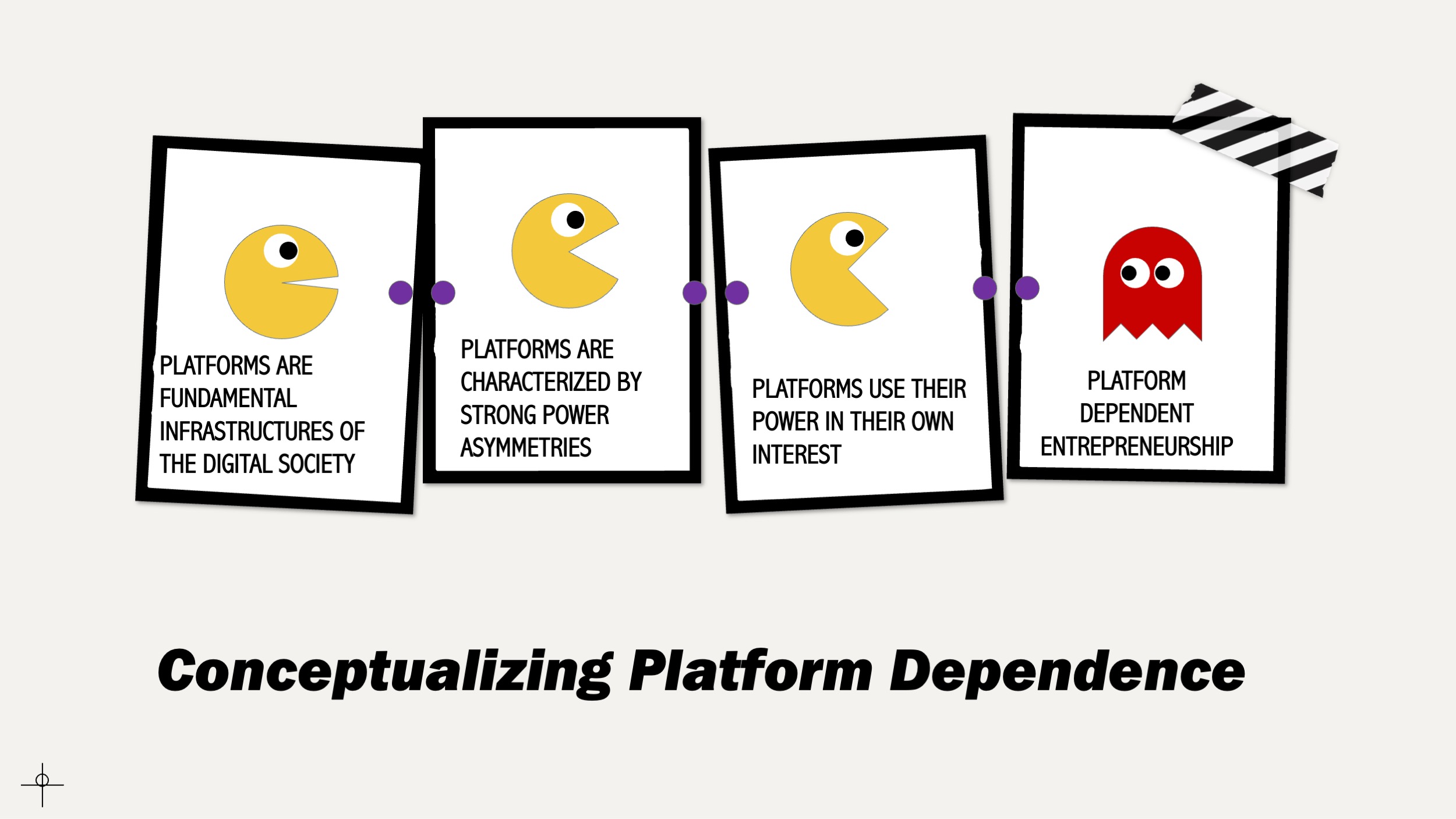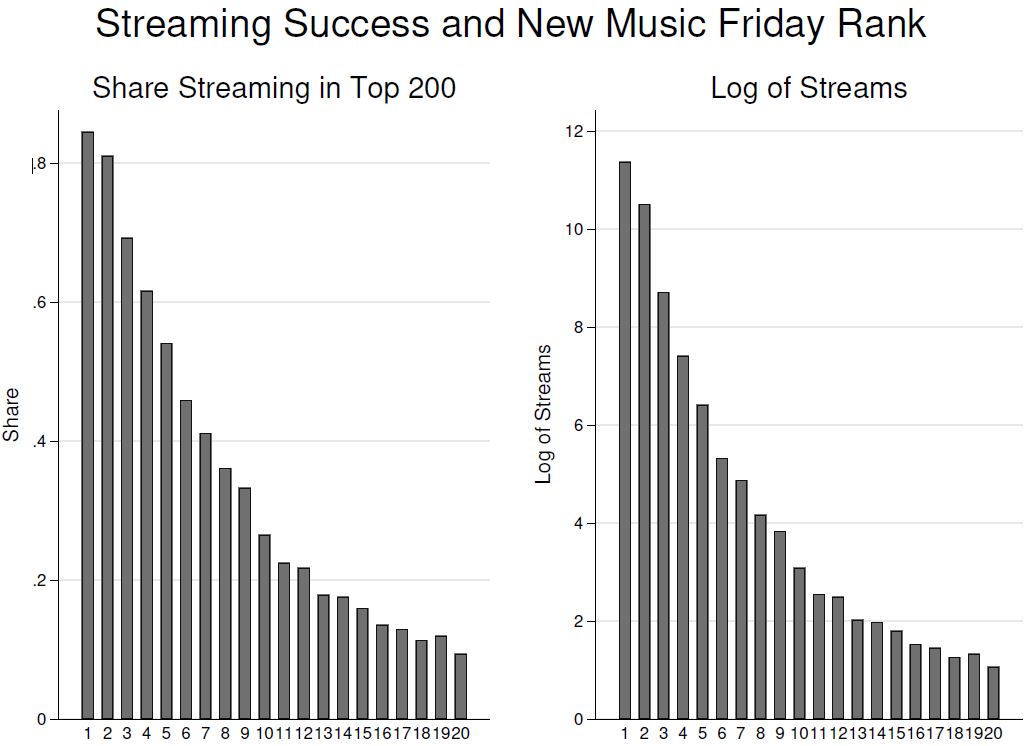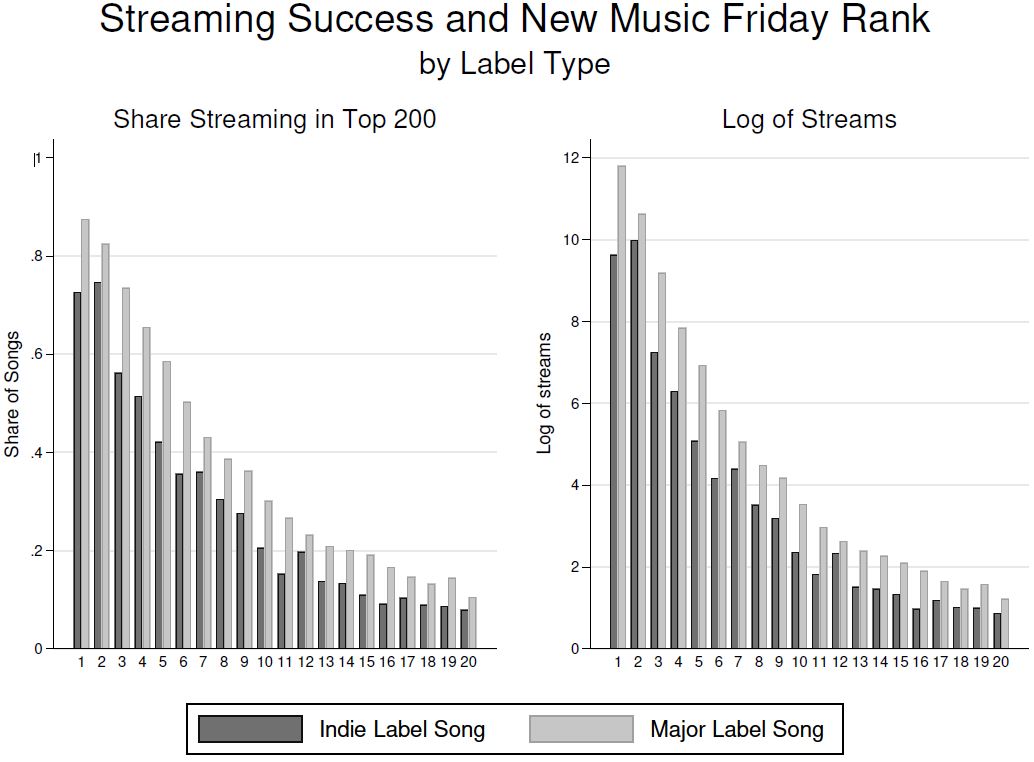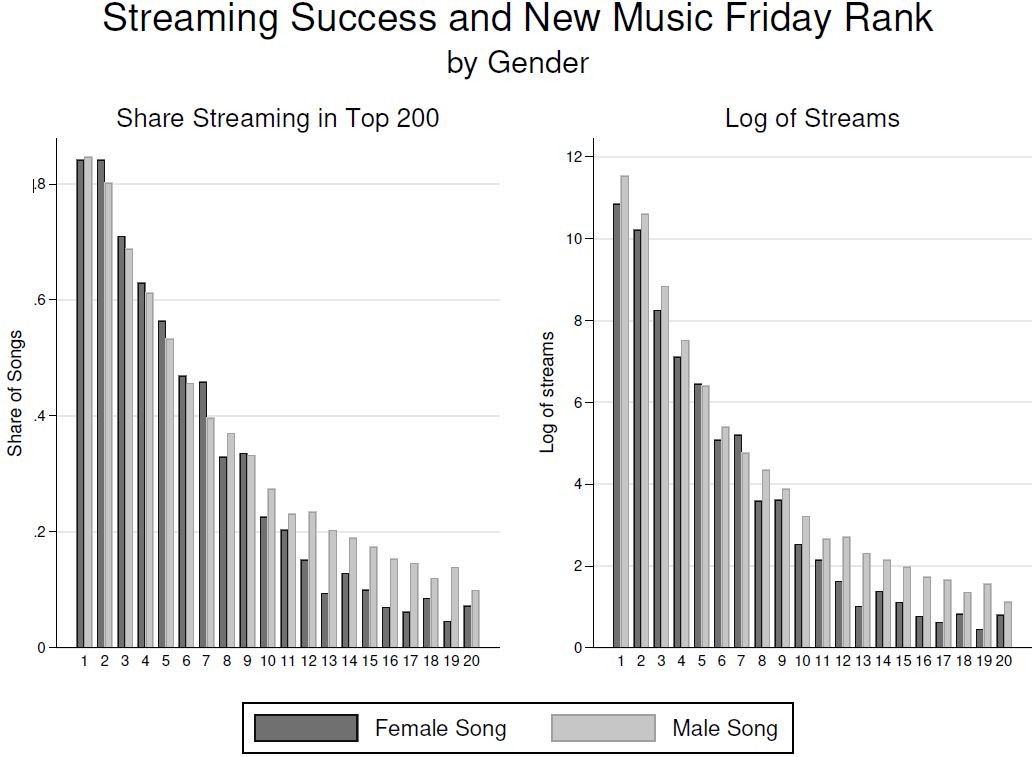How brands can regain access to their consumers by building their own platforms
This blog is written by Julian Wichmann, Nico Wiegand, and Werner Reinartz.
In today’s platform era, marketplaces and matchmakers such as Amazon, Alibaba, and co. have become powerful intermediaries to brand offerings: These brand aggregation platforms offer consumers virtually endless shelves, provide product recommendations and reviews, and allow them to easily compare offerings. As such, traditional brands struggle to keep direct contact with its consumers and to build and maintain customer relationships.

But brands are not standing by idly; they are building own platform offerings with the goal to reconquer the direct interface to consumers. Importantly, these platforms are not mere copies of the highly transaction-focused Amazon and its peers. Instead, they focus on increasing the number of touchpoints and establishing direct and intimate relationships with consumers. To do so, these brands build upon their core offering and provide value around it by holistically addressing consumers’ various needs associated with the core offering. Take Nike’s training platform Nike Run Club as an example. It offers an expansive array of functionalities revolving around Nike’s core offering of sports apparel such as a community of fellow runners, running competitions and challenges, and routing and tracking features. As a result, Nike can establish and leverage daily touchpoints with many consumers and extend its core offering to comprehensively address consumers’ running-related needs. We call this novel type of platform brand flagship platform, which we introduce and discuss in the paper “The Platformization of Brands” published in the Journal of Marketing as well as an accompanying article in the Harvard Business Review entitled “Building Your Own Brand Platform”. In the following, we analyse these nascent brand flagship platforms and offer guidelines for brands looking to platformize.
We conceptualize digital platforms as places where consumers and third parties crowdsource (crowdsend) products, services, and related content generated by (provided to) the platform participants. That is, rather than only the brand itself providing value, a brand flagship platform considerably expands its offering while simultaneously maintaining feasibility by incorporating consumers and third parties into the value creation process. Let´s return to the example of Nike Run Club for illustrative purposes. The platform does not only sell custom sportswear but also offers social events, fitness challenges and leaderboards created by the community. Moreover, users can find expert guidance, motivational music playlists, personal training by third-parties as well as exclusive Nike products on the platform. Many of these functionalities only thrive through the integration of consumers (e.g., challenges, leaderboards, and other community feature) and third parties (e.g., expert guidance, music playlists, coaching). Hence, consumers are benefiting from Nike´s expansion as they combine various elements of the service to find the most compatible product-service-content combination for their needs. Typically, the value created on brand flagship platforms can be classified by five distinct platform building blocks: transaction block (e.g., providing products for sale), community block (e.g., forums and profiles), benchmarking block (e.g., tracking runs, leaderboards), guidance block (e.g., AI coaching), and inspiration block (e.g., video content, blogs). Hence, brand flagship platforms do not only nor primarily serve as a sales channel for the brand. Instead their goal is to build an ecosystem surrounding the brand’s core offering by providing a mix of customized products, services, and content; and involving consumers, professionals, and third-party companies in the value creation.
The degree of crowdsourcing and -sending taking place on a flagship platform has important strategic implications for a brand because it affects how to set up and run the platform as well as which type of consumer relationship emerges from it. Hence, brands need to pursue the flagship platform style that best suits their strategic goals.
The platform as an instrument. These platforms enable low degrees of crowdsourcing and crowdsending so that value creation is strongly driven by the brand itself. As such value creation is typically focused on the brand’s core offering and the platforms’ functionalities tend to focus on enabling transactions or providing functional extensions to the brand’s core offering. As a result, relationships with consumers tend to be superficial as they use the platform only to meet immediate consumption-related needs. Example: Philips Sonicare
The platform as a guide. Platforms in this category foster high degrees of crowdsourcing but low degrees of crowdsending. Users of these platforms profit from the brand and third-party businesses but they usually do not create any significant value themselves. The goal of the platform is to expand the platform’s scope by inviting companies and professionals from related areas to join. By doing so, consumers are able to satisfy different but related needs which creates a genuine bond with the platform’s brand. Example: Whistle (by Mars)
The platform as a canva. Here, the brand encourages a high level of crowdsending while crowdsourcing is limited. As such, consumers can freely create value and interact with each other with limited oversight by the brand which requires a more laid-back platform management style. The high level of engagement with the brand leads to a strong attachment meaning that consumers strongly identify with the brand. At the same time, however, the limited oversight bears risks such as anti-social and fraudulent behaviors taking place on the platform. Example: Lego Ideas
The platform as a companion. These platforms enable both intensive crowdsourcing and -sending. As such, consumers are highly involved in the platform receiving and generating value. For example, a user that uses Nike Run Clun will benefit from the routes, challenges, and advice provided by other platform participants. But at the same time, that user will also provide value to the platform by uploading her runs, her favorite routes, or by providing own advice. Through this continuous give and take, this platform type is highly flexible and adaptable so that it is able to grow with the consumer. This is why Nike Run Club can remain relevant for consumers even as they advance in their skill and progress from total novice to avid runner. This perpetual companionship can elicit strong feelings of attachment and identification in consumers. Example: Nike Run Club; Bosch DIY & Garden
In order to do build a brand flagship platform, managers must rethink their market and start shifting the place of value creation from selling goods to satisfying consumers’ varied needs associated with the brand’s core offering. Given this substantial shift, the transition to a flagship platform should be a slow adaption process rather than an “all or nothing” approach”.
The transition consists of three important steps:
First brands should have a clear vision of the territory they want to cover. They determine how far and how fast they want to stray from their traditional territory while consumers define the needs that they want to see satisfied.
Second, each brand must decide which strategic goal(s) they are pursuing and adjust their platform offering accordingly. This also implies an adjustment of observed KPIs. Especially as a brand strives towards strong relationships, its KPIs evolve beyond sales towards a broader system that captures the engagement and value provided by and generated from the various platform participants.
Third, managers need to decide which parts of the value creation they want to make, buy (from third-party firms), or earn (from consumers). Importantly, a flagship platform with varied functionalities can only be feasible if the brand relegates some parts of the value creation to third-parties and consumers. Hence, managers must confidently give up some control in the process.
This blog is based on Julian, Nico and Werner’s research published in the Journal of Marketing and the Harvard Business Review, which are included in the Platform Papers references dashboard:
Wichmann, J. R., Wiegand, N., & Reinartz, W. J. (2022). The platformization of brands. Journal of Marketing, 86(1), 109-131.
Wichmann, J. R., Wiegand, N., & Reinartz, W. J. (2022). Building your own brand platform. Harvard Business Review, 100(5).
